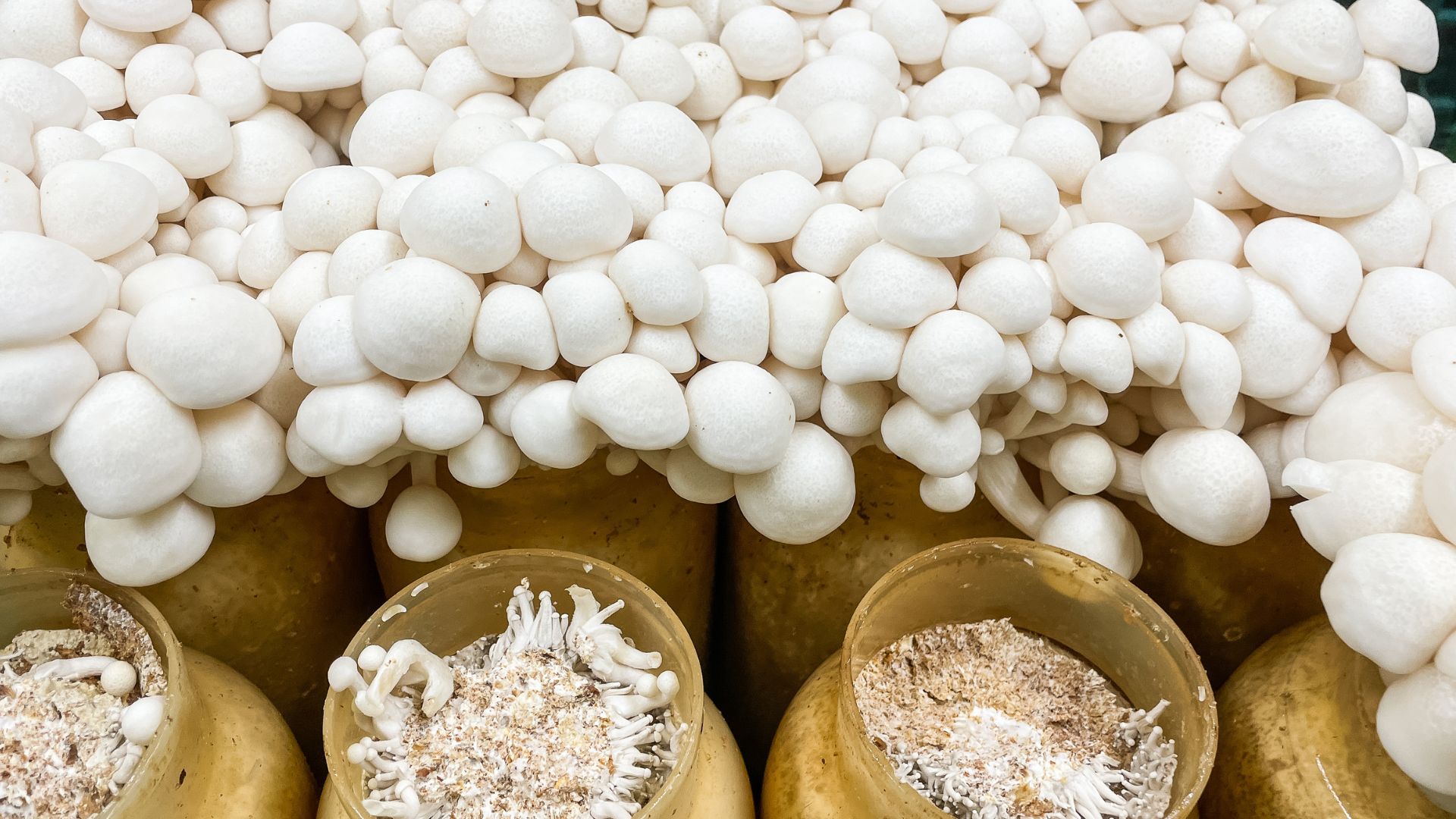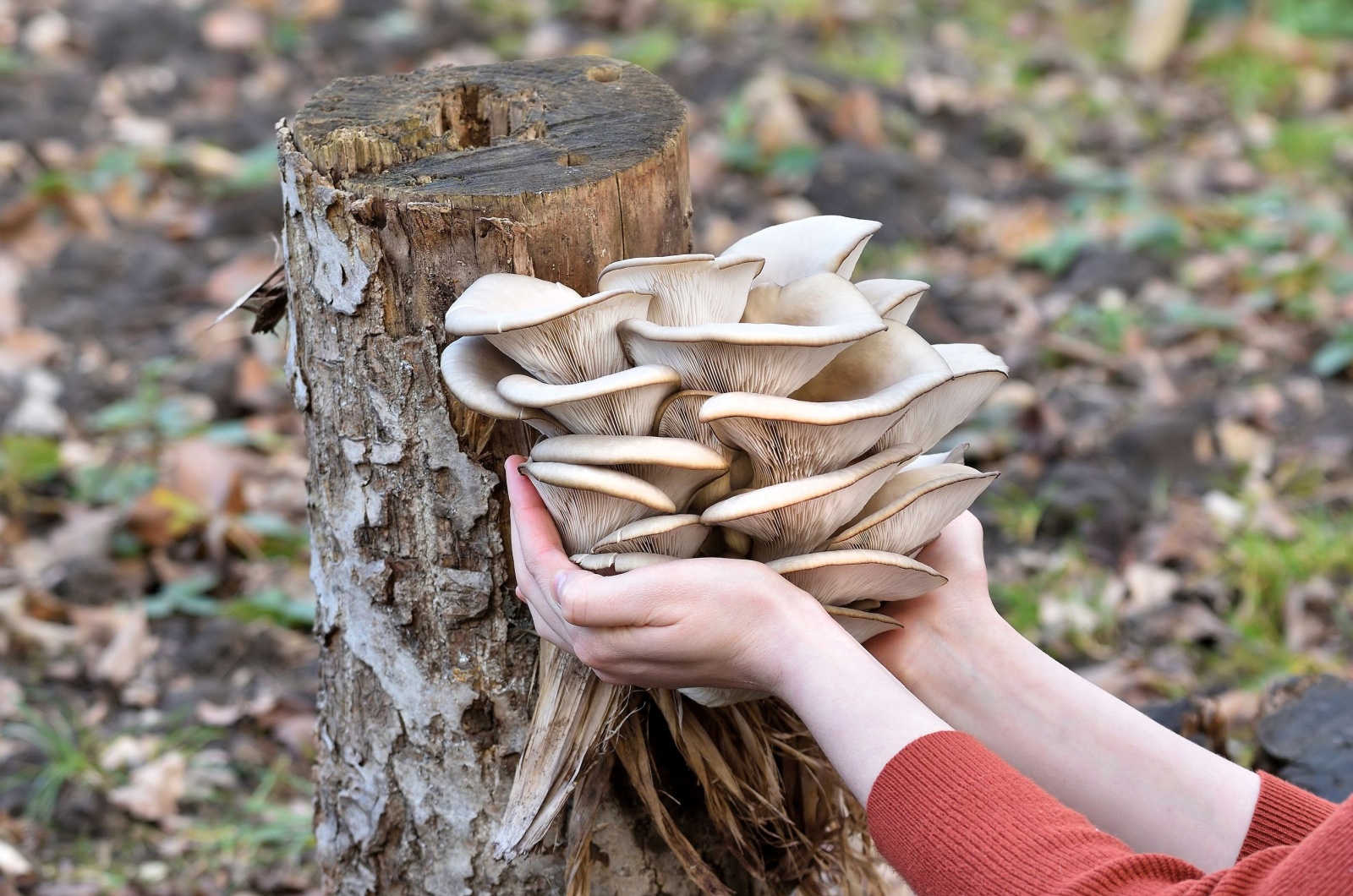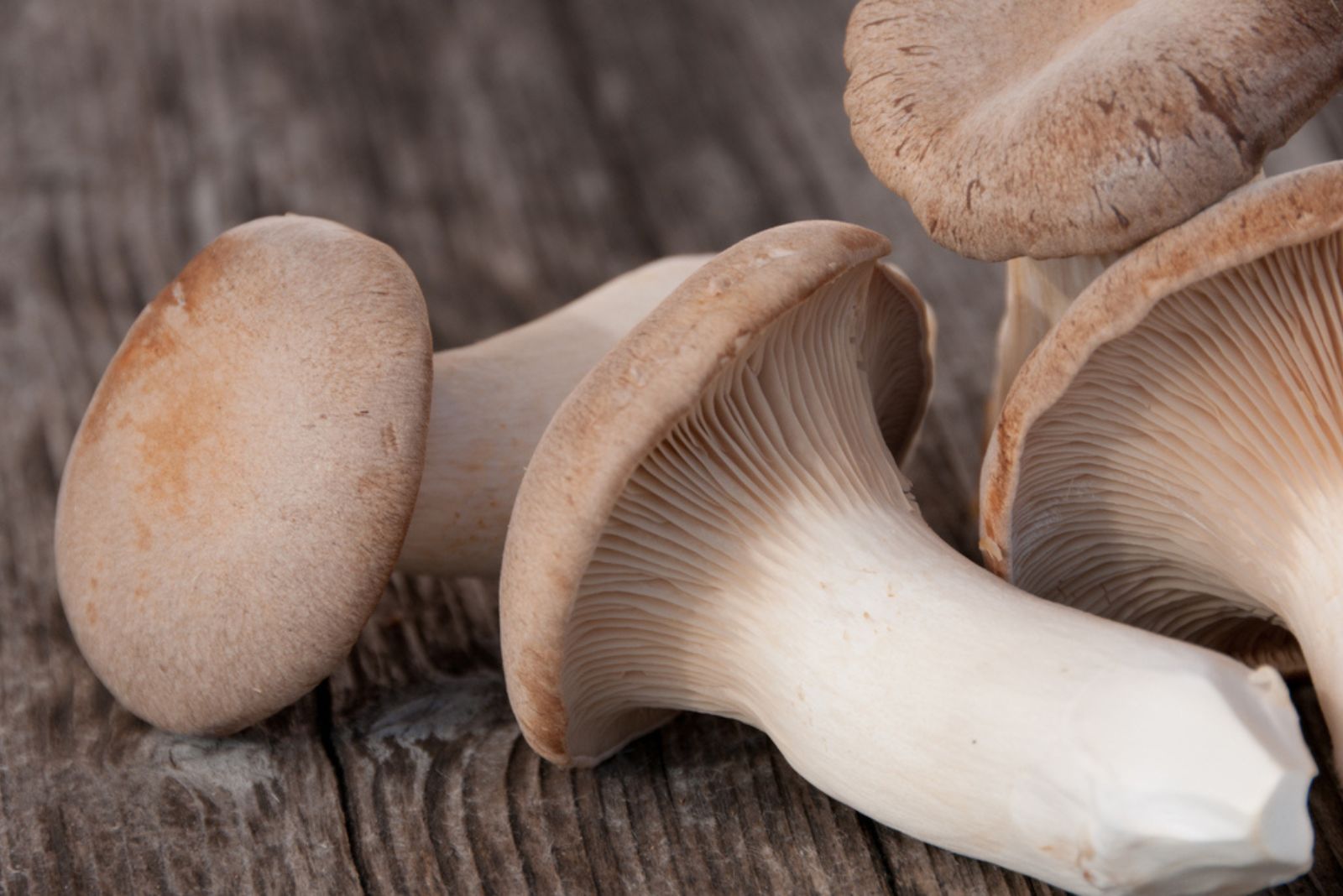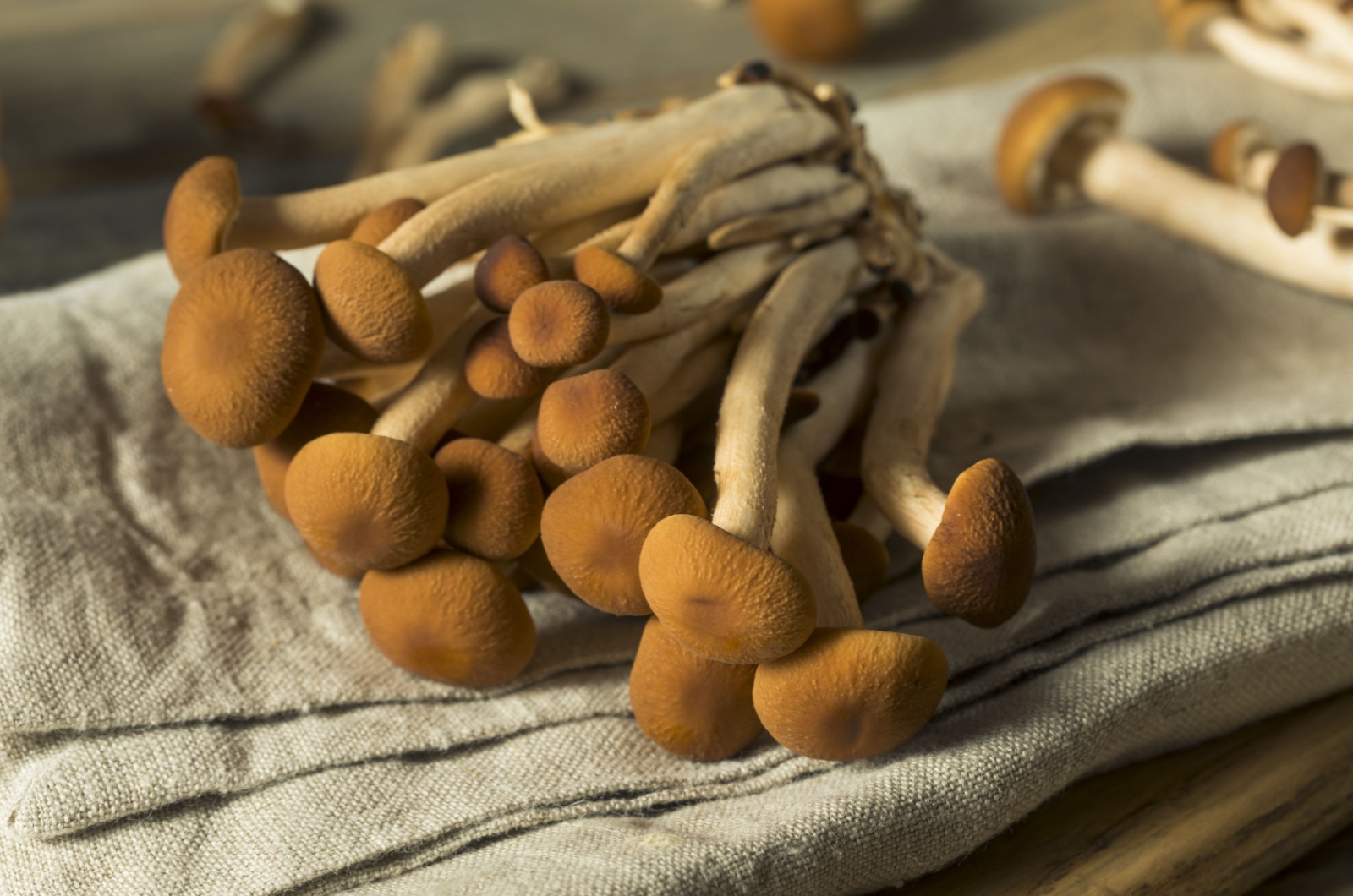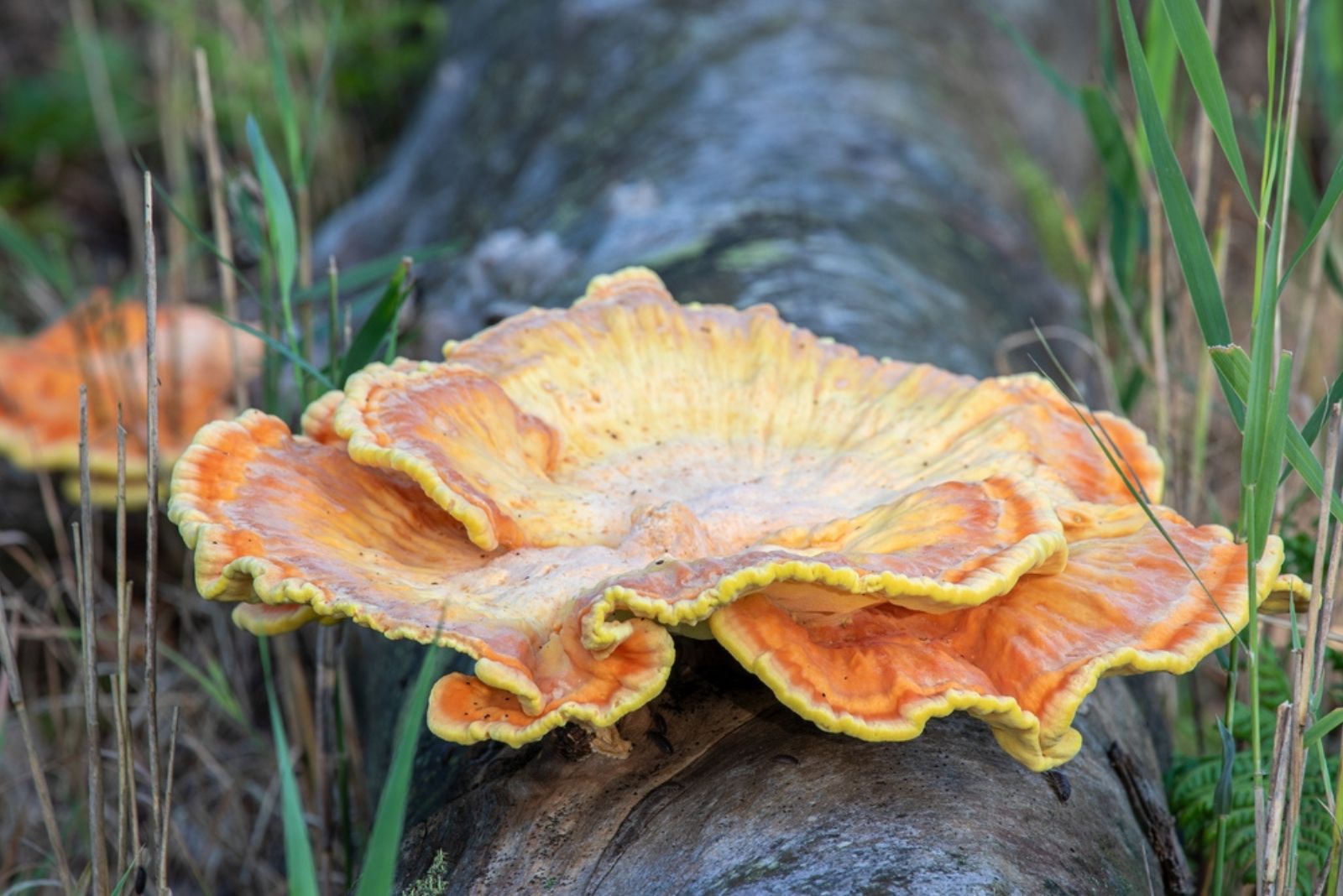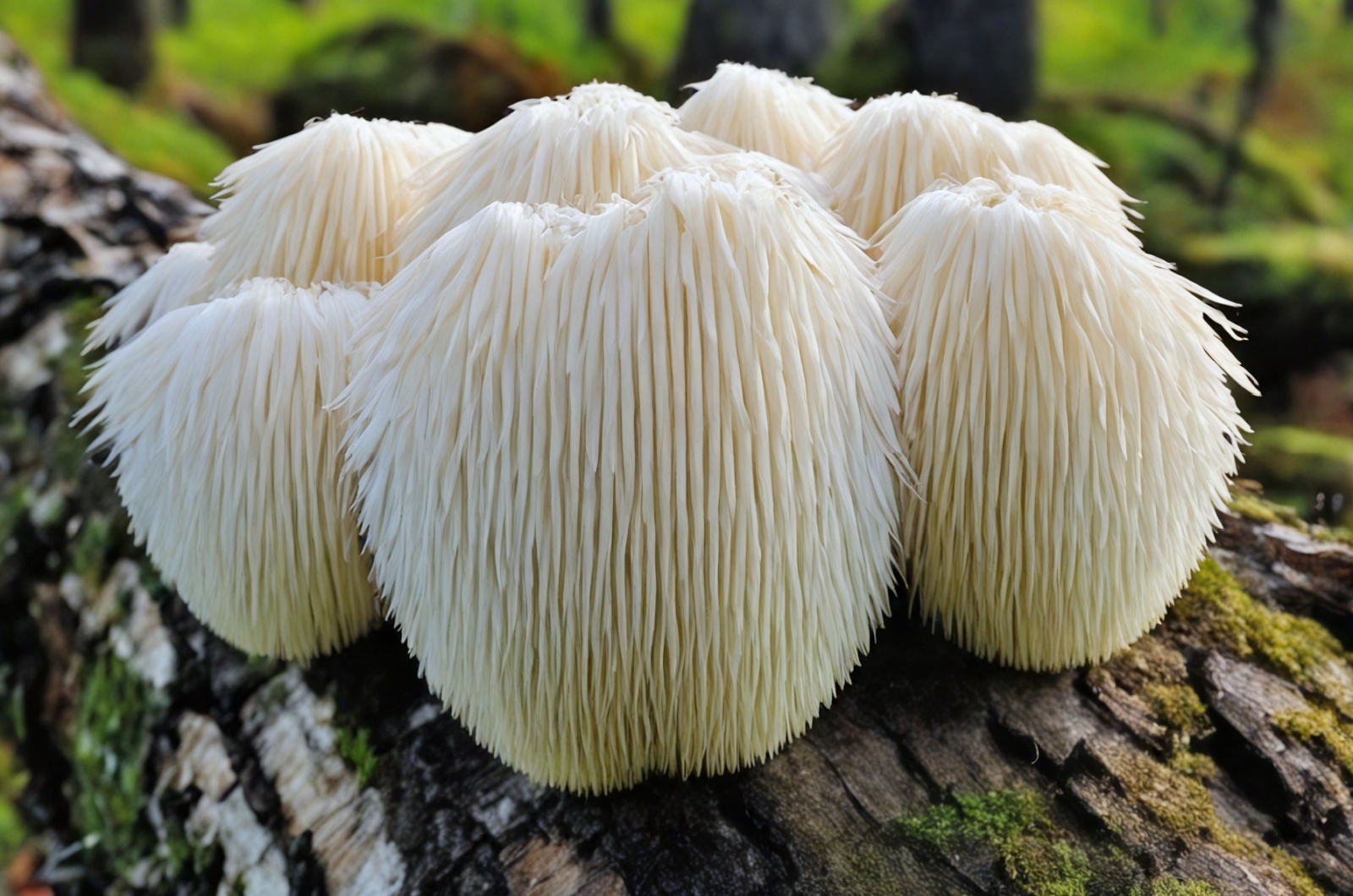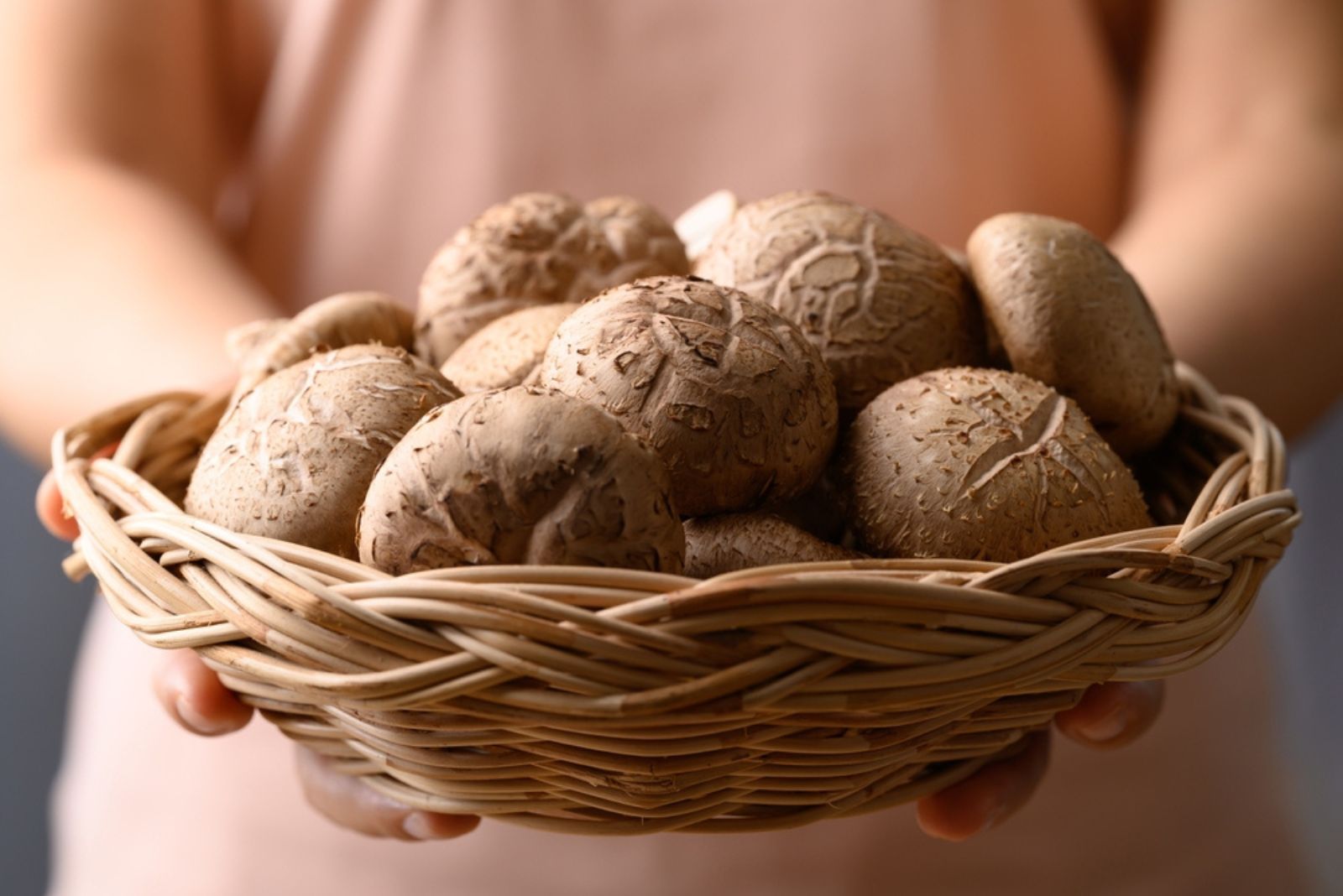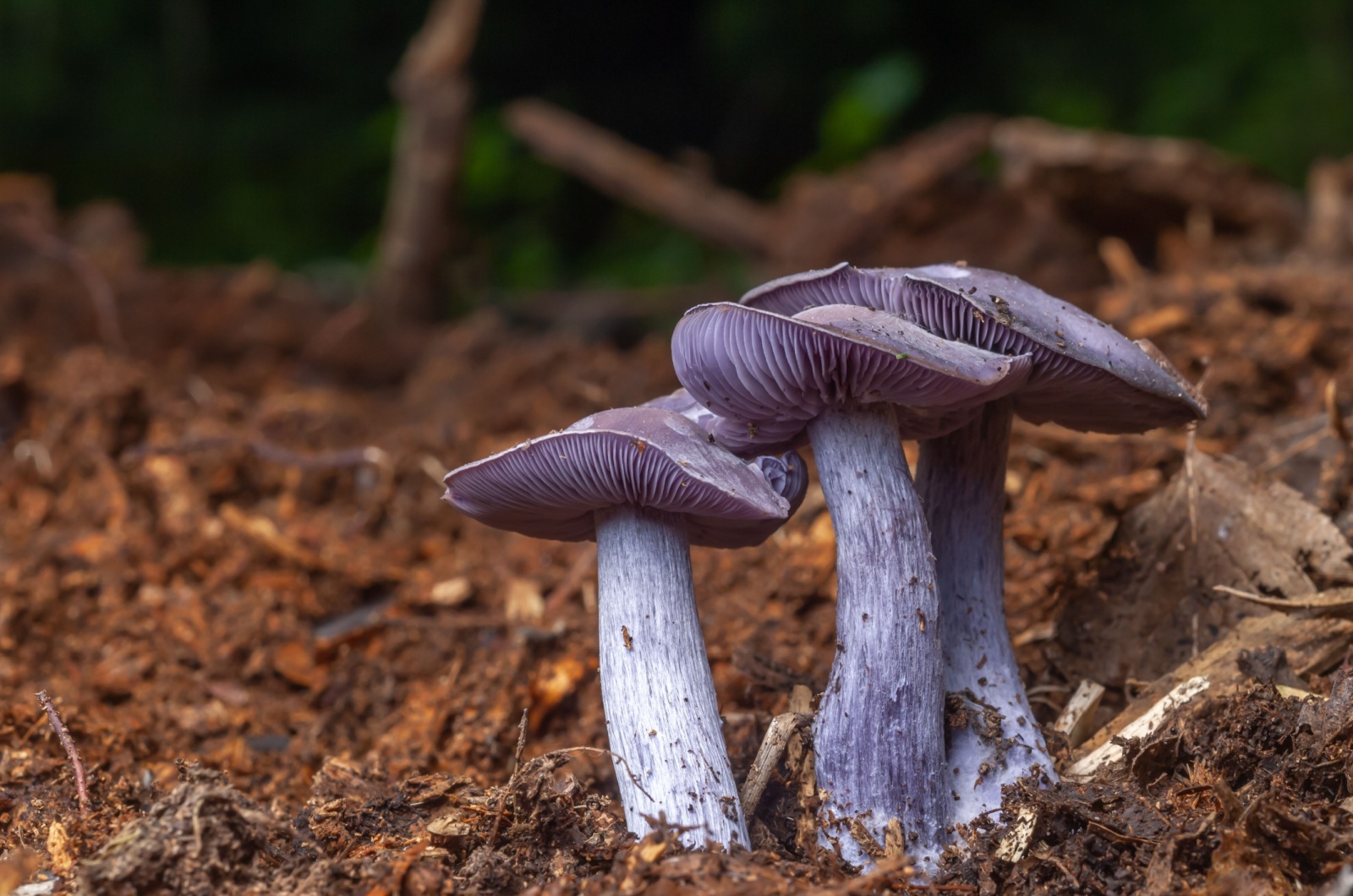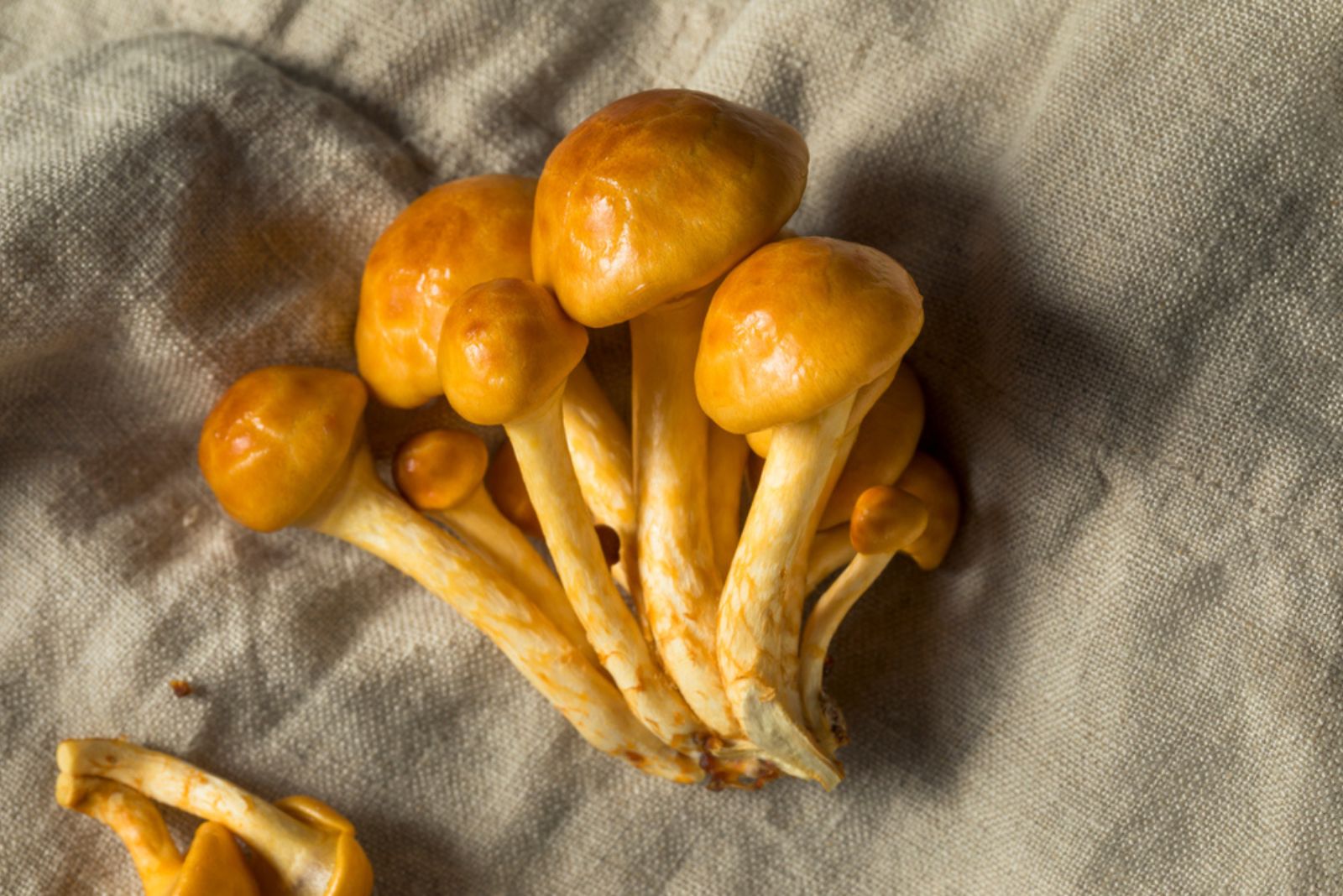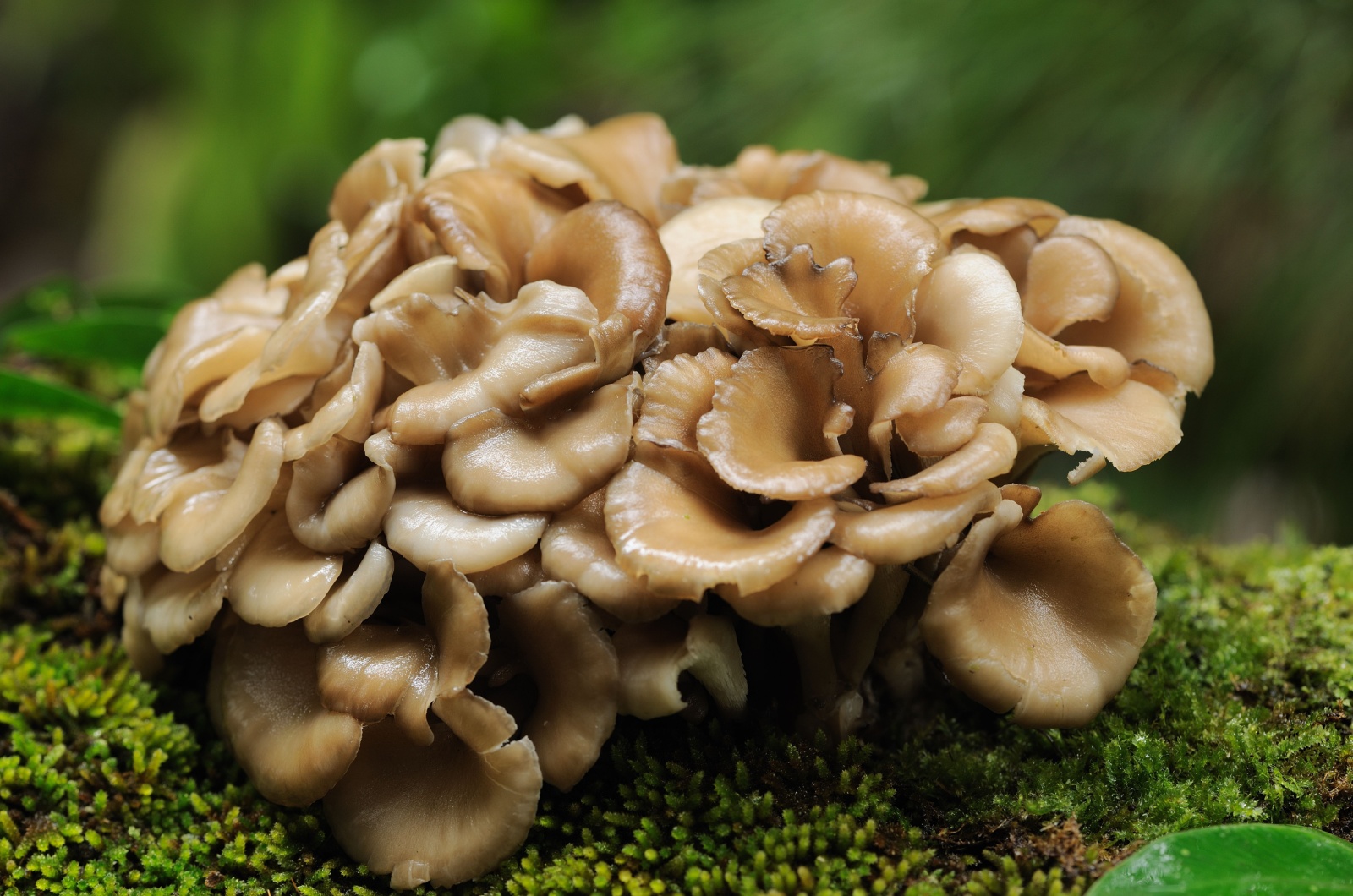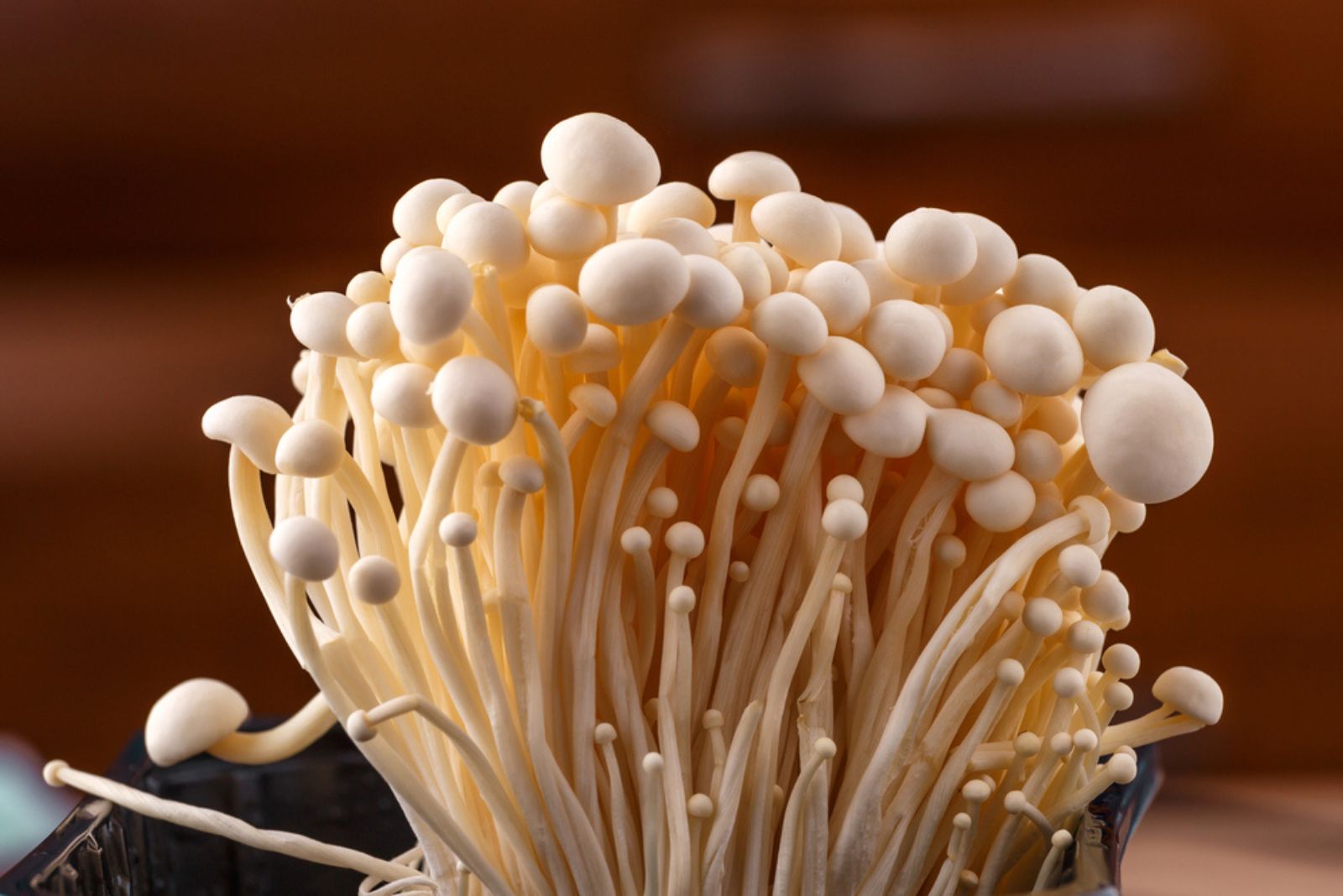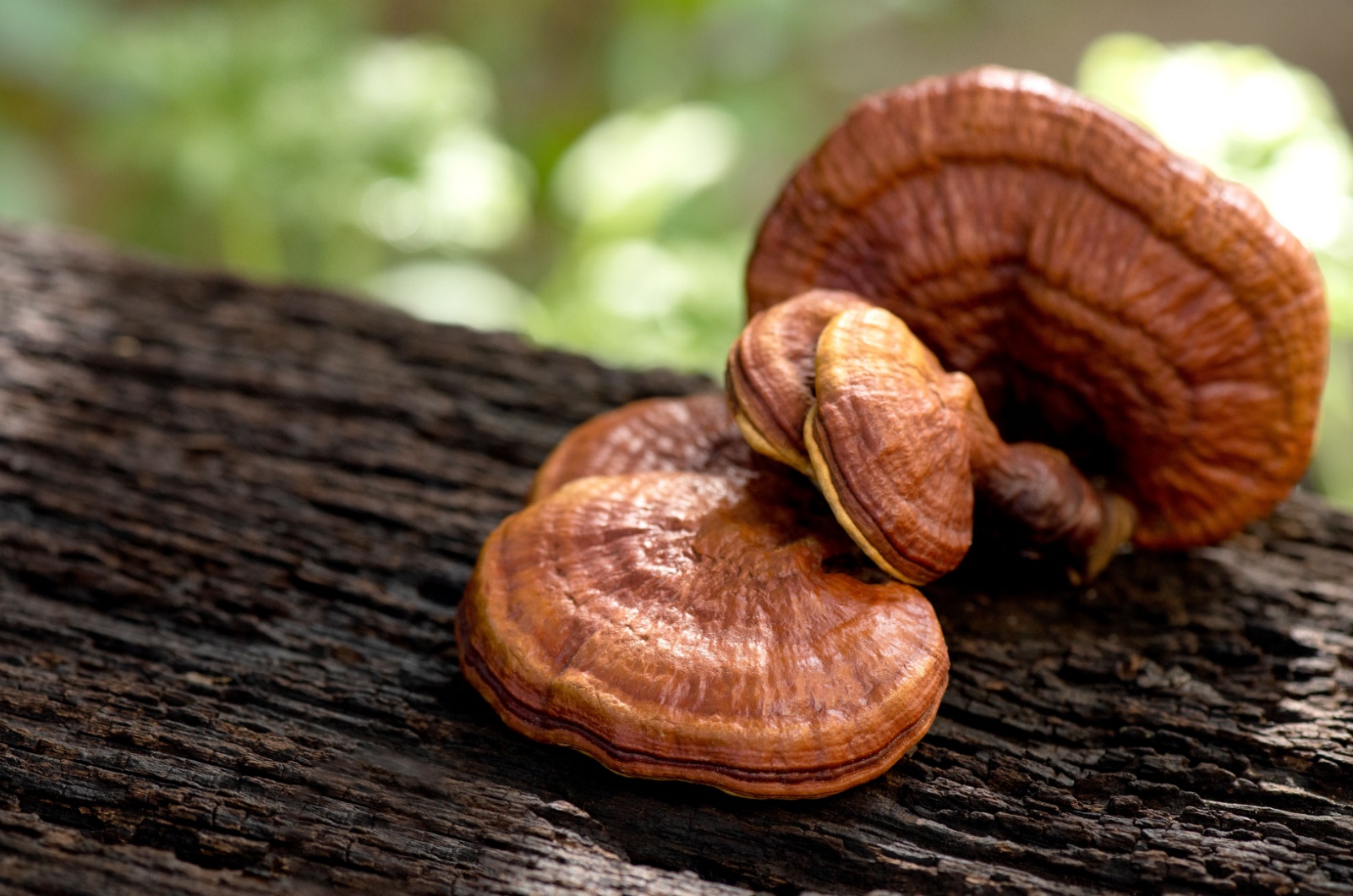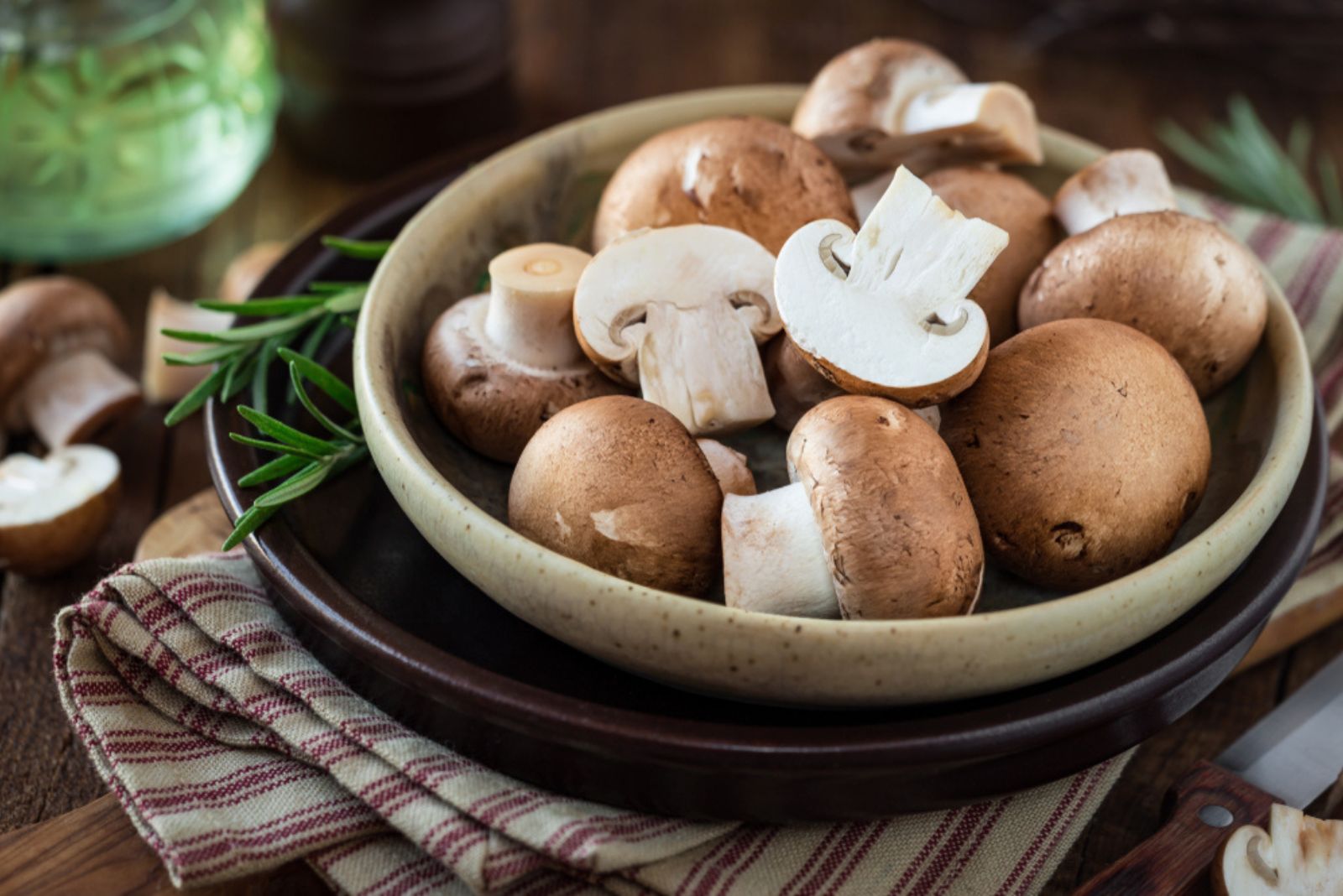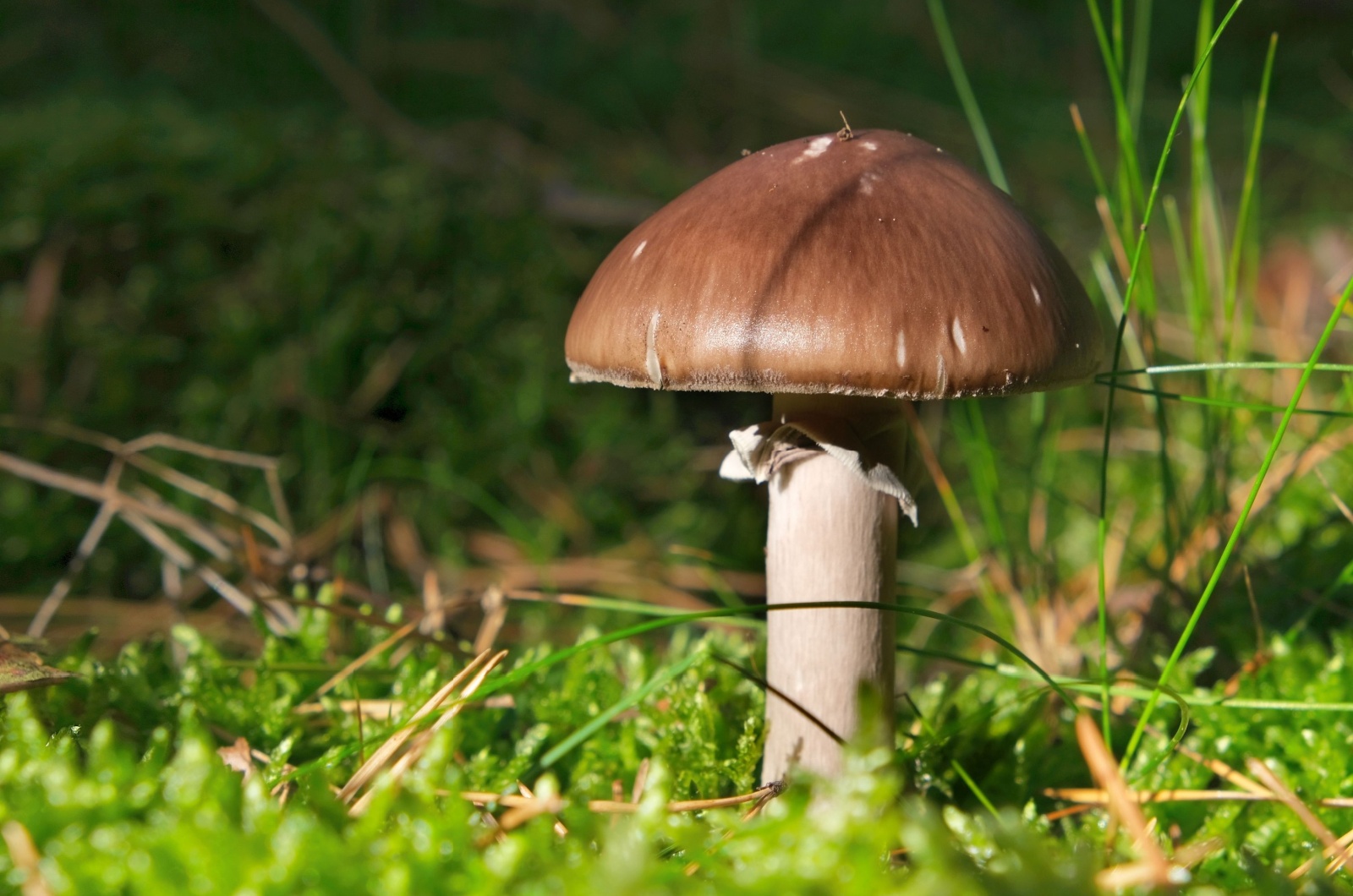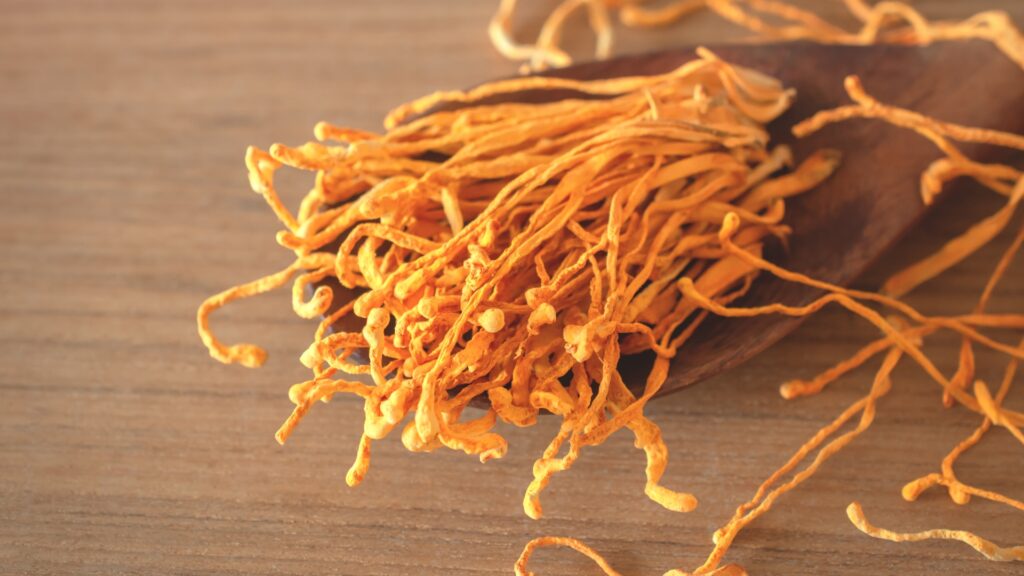Growing mushrooms at home has become a breeze. I mean, you have everything you need online: from kits and guides, to all the information necessary for cultivating your own mushrooms.
Diving into a hobby like this might leave you wondering which variety to start with. From vibrant oyster mushrooms to the unique, toothy lion’s mane, the options are almost endless.
When I first started my own mushroom-growing journey at home, I went with oyster mushrooms. They were surprisingly simple to grow!
Over time, I’ve explored a range of mushrooms, each offering unique flavors and growing challenges.
And now, I’ve put together a list of 15 different mushrooms you can grow at home.
Of course, I’ll share some of my insights that will help you navigate the world of fungi and find the ideal ‘shroom selection for your own garden!
1. Start With The Safest Option: Oyster Mushrooms
For all beginners out there, the safest option would be oyster mushrooms. In the wild, they grow in clusters on dead or decaying trees and logs, but at home you can easily cultivate them with affordable spray-and-grow kits (that’s why I love them so much).
These kits come with a substrate block already colonized with mycelium, making the entire process super straightforward. All I had to do was cut a hole in the plastic wrap around the block and keep it misted regularly until the mushrooms started to grow.
Several species of mushrooms can be grown using this simple method, how cool is that?
And what makes oyster mushrooms perfect for beginners is that they are eager growers and that there are many spray-and-grow kits available.
There are several popular and colorful oyster varieties, including pink, golden, and blue oysters. Each has a slightly different flavor, often described as nutty or meaty (my personal fave are the pink ones!).
Oyster mushrooms can be used just like button mushrooms from the grocery store, which makes them a versatile addition to many meals!
2. King Trumpet For Royal Meals
King trumpets are another species of oyster mushroom, and as their name suggests, they’re the largest, earning the title “king” of the oysters.
These dense and chewy mushrooms can grow up to eight inches long and have a rich umami flavor when cooked (I use it as a seafood alternative if my guests don’t like scallops).
While there are spray-and-grow kits for king trumpets, their large size might make you consider using a fruiting block or trying to inoculate your own substrate with grain spawn.
They require more attention than smaller oyster mushrooms because they are picky about temperature and humidity (this makes them a bit challenging to grow, but they’re totally worth it!).
For those who have mastered smaller oysters and are looking for a new challenge, king trumpets are a great way to level up your mushroom-growing skills (I went from small oysters to these king-sized ones, and it worked well).
This might be helpful: 10 Best Kits For Growing Mushrooms In 2024
3. Go For Classics Like Pioppino Mushrooms
Pioppino mushrooms are a favorite around the world (they’ve been enjoyed since the days of the Roman Empire, can you imagine?).
These mushrooms have a nutty and earthy flavor (with a slight hint of bitterness), and their stems become wonderfully meaty when cooked.
I also use them for making soups and risotto as they are fantastic at absorbing flavors. My sister likes to dry them – this way, they can last even longer!
However, pioppinos are more suited for advanced growers since they’re quite particular about their temperature and humidity needs.
If you’re ready for a challenge, you can grow pioppinos indoors using grain spawn in a sterile substrate or a pioppino fruiting block. Just note that they aren’t ideal for outdoor cultivation.
4. If You Like Chicken, Go For Chicken Of The Woods Mushrooms
Speaking of poultry, chicken of the woods is a popular mushroom to forage, known for its bright orange color and meaty, chicken-like texture.
But if you haven’t had much luck finding this mushroom in the wild, did you know you can grow it at home?
For those interested in growing mushrooms on logs, chicken of the woods is an excellent starter choice.
Truth be told, these mushrooms are not the easiest ones to grow. I would suggest you start with an oak log, and explore online options for chicken of the woods spawn plugs, grain spawn, or even complete log kits.
When cooked, chicken of the woods mushrooms pull apart like chicken breast, and their flavor has a hint of lemon (a strange, but delicious combination).
You can use them in nearly any recipe that includes mushrooms or as a meat substitute – picture “chicken” strips, pizza, or even parmesan!
Also read: Are Mushrooms Decomposers? Learn Everything You Need To Know
5. Or Opt For Unique Mushrooms Like Lion’s Mane
Lion’s mane is unlike any other mushroom on this list. It grows on the sides of trees, forming a round, white cluster with hanging, tooth-like spines.
Besides its unusual look, lion’s mane is appreciated for two reasons:
• It’s an excellent mushroom for beginners.
• It has a flavor similar to crab meat.
Plus, it’s incredible to use their spray-and-grow mushroom kits. I can vouch for it because a lion’s mane kit was one of my first experiences growing mushrooms at home. Once you harvest lion’s mane, you have a fantastic seafood alternative. I frequently use it in place of crab meat for making crab cakes.
For those who love experimenting, lion’s mane is versatile and can be grown using different methods, such as substrate, logs, or fruiting blocks. It’s one of the more popular and easy-to-find options online, making it a fantastic choice for mushroom enthusiasts of all levels.
6. Shiitake Mushroom Is A No-Brainer
Those mushrooms that you often see in grocery stores are probably shiitake mushrooms. In case you didn’t know, shiitake mushrooms are often added to miso soups (and you can grow them in your own home!).
They have a chewy texture and a meaty flavor, depending on how they’re prepared (I like them in my soup).
Growing them on logs is the best way to do it. Start by researching the best tree species for your mushrooms – alder and oak are great for shiitake. Next, get some spawn plugs or sawdust spawn, inoculate the log, and make sure to water or mist it consistently.
Although it might take up to a year for mushrooms to appear, a single log can keep producing for years, offering the joy of a never-ending shiitake harvest!
If that seems daunting, no worries! You can also find shiitake fruiting blocks online for a simpler growing option. These blocks don’t require as much time and effort as growing shiitakes on a log.
Also read: Turn Your Yard Into A Mushroom-Free Zone With These Useful Tips
7. Don’t Blow The Blewit Mushroom
Blewits are fun, with their bright purple color and toadstool shape – they almost look like they belong in a cartoon!
Because of their prominent purple color, these ‘shrooms stand out beautifully in piles of orange and red leaves (a true autumn magic).
With caps that can grow up to six inches wide, blewits are fairly large. They have a classic mushroom taste, perfect for sautéing with shallots and butter.
Some people find their flavor strong, but I consider it rather mild – you’ll have to try them yourself to decide!
Blewits thrive in outdoor beds, especially those filled with decaying leaves, grass clippings, and other organic matter. While they can be tricky to cultivate, the right environment makes the effort worthwhile.
These mushrooms typically fruit in the fall when temperatures drop below freezing, so be patient!
However, be cautious as well because blewits can be confused with other poisonous fungi. Only grow them if you’re confident in identifying them when they appear.
8. Don’t Miss Out On Nameko Mushrooms
Like pioppinos, nameko mushrooms are another small, clustering species, featuring distinctive orangey caps with a gelatinous layer on top. These mushrooms are highly cultivated in Japan, and you can grow them at home too (even if you are not in Japan, of course).
Namekos are popular in stir-fries, soups, noodles, and many Japanese hot pot meals (my all-time favorite). They have a nutty flavor, often compared to cashews, and add a chewy umami punch to dishes. Some growers even call them “butterscotch mushrooms” due to their unique taste.
Growing namekos can be somewhat difficult, but it’s worth the effort. Unlike pioppinos, these mushrooms can be grown outside with grain spawn in substrate, or you can use spawn plugs in logs.
They thrive in cooler temperatures and need consistent humidity, so if you live in a hot, dry area, consider another species (there are plenty, so choose wisely!).
Also read: Are Yellow Mushrooms Growing In My Houseplant Dangerous?
9. May I Take Some Maitake?
Next up, we have the maitake mushroom – surprise, surprise, these are also called hen of the woods.
These mushrooms are native to the northeastern US and are often found growing at the base of trees (next time you are hiking, look for some maitake). They have a more gray-brown color (unlike the chicken of the woods).
While the nicknames “hen” and “chicken” might sound similar, their appearance is quite distinct.
Maitakes are meaty with a slightly peppery flavor, much like chicken of the woods. They grow in a similar way, often needing advanced methods such as using spawn plugs or grain spawn to inoculate logs.
Ideal tree species for growing maitakes include white oak, red oak, and bur oak.
Both maitake and chicken of the woods require patience, as it can take one to two years before they’re ready to harvest.
If you’re lucky, you might even stumble upon hen of the woods growing naturally on your property.
For those willing to wait, growing them yourself can be a rewarding experience.
10. You Definitely Need Enoki Mushrooms
You’ve probably seen these tiny, long-stalked fungi in a bowl of ramen – the infamous Enoki mushrooms!
With their delicate, white appearance when cultivated, enokis add a unique, chewy texture to dishes (yummy). Wild enokis often have a darker shade, ranging from orange to brown, unlike the white ones found in stores.
Plenty of enoki mushroom kits are available and are a great choice for beginners looking to grow their own. If you’re an experienced mushroom cultivator, you can use grain spawn to colonize a substrate in something as simple as a jar.
Either way, you’ll end up with some gorgeous enokis to spice up your next meal. And rumor has it, when cooked just right, enoki mushrooms might even taste like fried chicken!
Also read: Are Orange Mushrooms In Yard Harmful + 6 Tips To Remove Them
11. Reishi Is Basically Free Medicine
Reishi are vibrant shelf fungi that are often found in striking shades of red and orange. They are less celebrated for their taste and more for their impressive medicinal benefits (talking about natural remedies).
These mushrooms have an interesting past – some evidence suggests that they’ve been used in China since the Han dynasty (and now they can grow in your home, how cool is that?).
Cultivating reishi mushrooms is a bit more advanced. They thrive on outdoor logs, and you can use spawn plugs or grain spawn to get them started.
Although they’re not commonly grown for their flavor, many people dry them to create tinctures, teas, or powders. It’s totally worth growing these mushrooms, especially for their health benefits.
12. Chestnut Mushrooms Taste Just Like Chestnut
Another great option for growing mushrooms at home is definitely chestnut mushrooms. Logs or substrate indoors are usually used to grow these types of mushrooms.
And while they’re traditionally popular in Japan, they’re becoming trendy in the US as well!
Chestnut mushrooms aren’t called chestnuts for no reason – their flavor is reminiscent of chestnuts! These mushrooms bring a delightful nutty taste and a slightly crunchy texture to your dishes.
I use them for salads and soups, but my mom also makes super delish’ sauces with them!
Truth be told, chestnut mushrooms can be a bit finicky. You’ll need to pay careful attention to humidity and they prefer cooler temperatures, so they might be a bit tricky for beginners. But hey, there’s no harm in trying!
13. Wine Cap For The Perfect Ending
What better way to end your night than by enjoying a delicious wine cap? And, yes, I am talking about mushrooms!
Wine cap mushrooms, also called burgundy mushrooms or garden giants, are a fantastic choice for home growers. These mushrooms thrive in garden straw and sawdust spawn, making them a great fit for gardeners looking to expand their fungi horizons.
With their beautiful wine-colored caps and toadstool shape, they’re so impressive that they earned the nickname “Godzilla mushrooms.“
When it comes to flavor, wine caps deliver a nutty taste, somewhat similar to cashews or potatoes cooked in red wine (making their name a bit of a double entendre).
One thing to keep in mind is that wine caps don’t last long on the shelf, so it’s best to enjoy them fresh.
However, they dry well and can be rehydrated for future use, so if you plan on growing a big batch, a dehydrator might be a handy tool to have!
14. Black Pearl Oyster – The Best Of Both Worlds
If you’re torn between oyster mushrooms and king trumpets, black pearl oyster mushrooms bring the best of both worlds. These mushrooms are a hybrid of the two, combining the easy-growing nature of oyster mushrooms with the meaty texture of king trumpets.
They start out with grayish caps that darken over time, and their thick stems offer a pleasantly chewy bite. When cooked, they develop a rich umami flavor, making them an excellent meat substitute in stir-fries and stews.
Black pearl oysters grow well in substrate bags, and they’re relatively beginner-friendly. While they thrive in cooler temperatures, they’re a bit more forgiving than other oyster varieties, making them a fantastic choice for home growers looking for something a little different.
15. Cordyceps – The Energy Booster
Cordyceps mushrooms might not be the first thing that comes to mind for home growing, but they’re gaining popularity due to their potential health benefits. Traditionally used in Chinese medicine, these bright orange mushrooms are often dried and brewed into teas or ground into powders.
Unlike most mushrooms on this list, cordyceps don’t grow on wood or soil – they naturally grow on insect hosts (but don’t worry, cultivated versions are grown on rice or other substrates instead).
Growing cordyceps at home requires a bit more precision, as they thrive in controlled conditions with specific humidity and temperature needs. However, with the right setup, they can be cultivated indoors in jars or containers, making them an exciting option for those interested in functional mushrooms.
Just remember, everyone was a beginner at some point (I can’t even remember how many times I was disappointed because my mushrooms wouldn’t grow). The most important thing is not to give up – just look at me, I am now giving advice about growing mushrooms at home (I even surprised myself).
Key takeaways? Start small and keep on going!
Also read: How To Get Rid Of White Fungus Balls In Soil

